£300 a Month: The Cost of Running a car as a Young Driver
Jack Dreyer | Friday 12th August 2022 10:00am
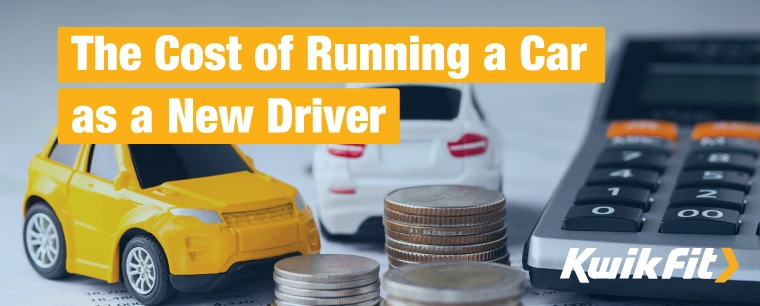
As you get into adulthood, the costs start to come in – and the two most expensive purchases in the majority of people’s lives are a house and a car. Even without a house purchase, the costs of rent, bills, and actually running a car makes up the bulk of monthly expenses.
So, in light of recently skyrocketing fuel prices and the cost of living becoming a real burden on many people around the country, how can you keep the costs of running a car down? And, if you’re still in the process of considering a car purchase, what exactly do you need?
We’ve calculated that, on average, a new driver could be paying almost £300 a month on vehicle costs, assuming they’ve not bought their car on finance! A significant portion of this actually goes on the eyewatering cost of fuel. So let’s have a look at what new drivers need to get lined up before looking at the actual numbers.
What you legally need for running a car
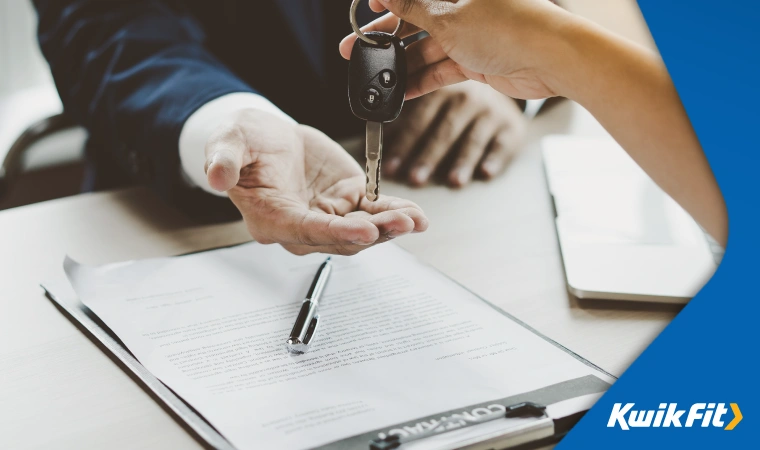
Before you start to really consider the running costs of a car, you need to have a few things sorted. Aside from the obvious – you need to have passed your driving test – you also need to get some paperwork in order for the car itself.
You need to have these things sorted before you can legally drive the car on the road, and they also then factor into the normal yearly outgoings associated with any vehicle.
Insurance
The cost of insurance for new drivers, especially those in the 18-21 age-range, is quite often more than the whole cost of the vehicle. This might seem counterintuitive at first if you think insurance is for the cost of your own vehicle, but insurance cover is intended to cover cost to your vehicle as well as cost to other people’s property.
Unfortunately, the statistics point to young drivers being most likely to have accidents, so there’s not a lot you can do to get yourself out of this - other than have a black box installed, and drive carefully, so that you can build up a no claims discount after a few years.
While the premiums for the first few years seem unfair, they’ll go down quite dramatically after your third year driving – which is why it’s often a good idea to learn how to drive as soon as you’re able to. Even if you end up going to uni elsewhere and not driving for five years, the fact of having had your driving licence for a number of years will be much in your favour when it comes to insuring your first vehicle.
Vehicle Excise Duty
While often called “road tax” or “car tax”, Vehicle Excise Duty (VED) is a tax on all road vehicles in order to offset the negative impact of combustion engines and associated pollution. Unless you’re driving a new fully electric vehicle, you’ll have to pay a yearly amount based on the assumed pollution of your vehicle.
This is then, at least in theory, re-spent to help maintain roads, offset pollution, and so on.
Usually, this is calculated based on the age and engine size of your vehicle. So a Ford KA with a 1L engine will have much less VED to pay than a pickup truck. You can check the key data on a vehicle using the government’s Vehicle Enquiry Service – so you’ll be able to see how much tax you’d need to pay on a vehicle you’re thinking about buying. This can be paid as a lump sum every 6 or 12 months, or split into monthly payments through a direct debit.
Make sure the car has a valid MOT certificate
The MOT (Ministry of Transport) test is a test that every vehicle (other than certain exempt classic cars) has to take in order to standardise the safety of cars on the road. The primary purpose of MOT tests isn’t to assess the condition of the vehicle, but its safety for the driver and other road users.
For example, it tests things like brake condition, seatbelts, indicators & headlights, mirrors, and tyres. This is because if any of these were to go wrong, there could be serious injury to yourself or other road users. But if your engine fails then, usually, all that happens is that you have to stop.
The cost of an MOT test itself isn’t that much, but if cars aren’t maintained then the cost of repairs in order to pass the MOT test can rack up quite quickly. This is why upcoming MOT tests are such a cause of stress for many drivers.
Other main running costs
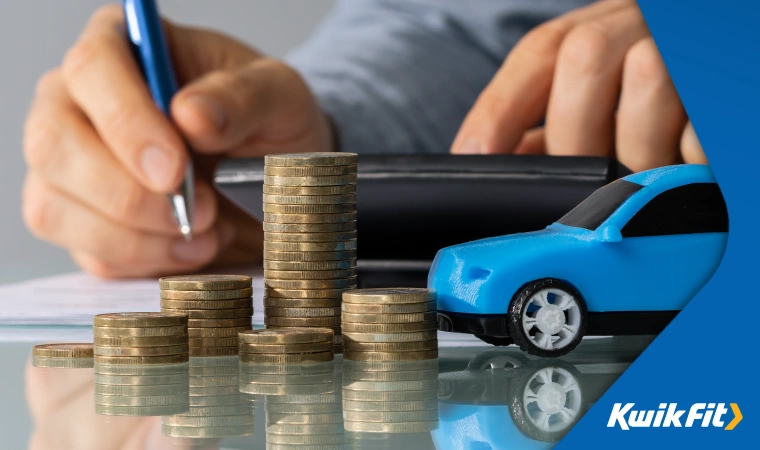
If you’re someone who likes to mod their car, either through internal upgrades such as seat reupholstering or external work like adding spoilers – then costs can vary considerably. But let’s look at the usual expected costs of running a car. These are in order of most common/largest payments to lower, less frequent payments.
Cost of fuel (petrol, diesel, electricity)
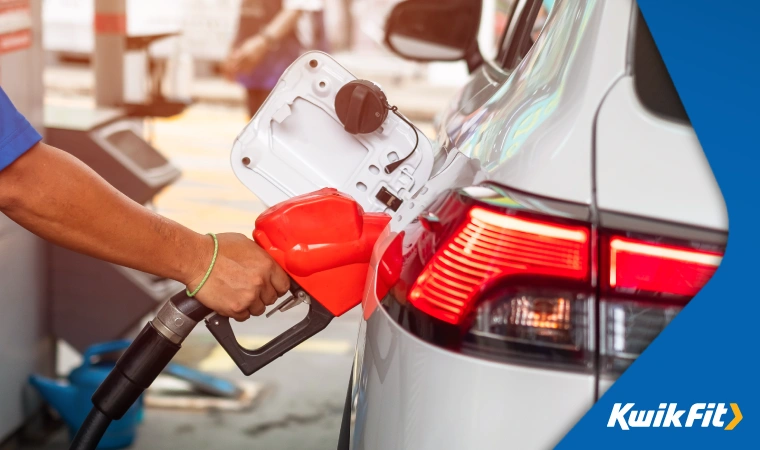
Regardless of what type of car you’ll be driving, you need to factor in the cost of fueling the car with either petrol, diesel, or electricity.
All the types of fuel consumption vary based on the vehicle itself, driving habits, and expected load in the vehicle. Here’s a great guide on improving your fuel economy. Keeping your car relatively uncluttered is a great, simple way to save a lot on fuel – the more weight you add to it, the more fuel will need to be used to get the car going (and the more the brakes wear having to slow it down).
You can actually save money here by shopping around. If you live somewhere with multiple fuel stations within reasonable distance then you can often look up the current prices at each one to get the cheapest. If you’re charging an EV at home and are the person responsible for the bills, then consider alternative suppliers.
Regular servicing and maintenance
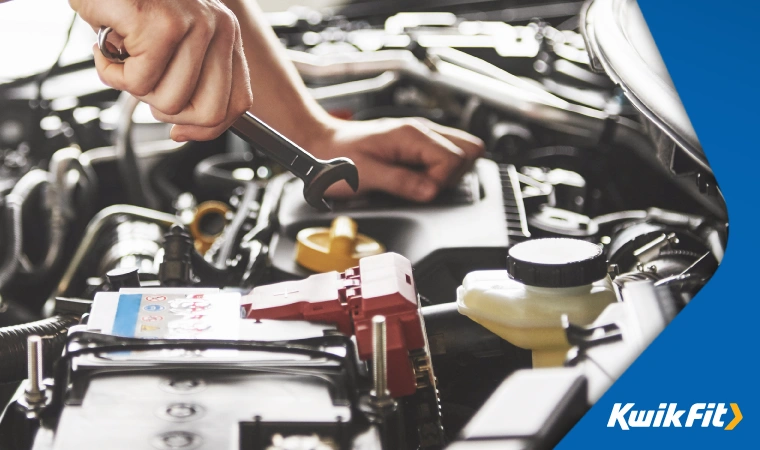
This is something that new drivers most often overlook. The cost of maintenance & servicing work often seems like a huge expense at the point of having to pay for it, but the amount it saves you down the line (usually) more than makes up for it.
For example, opting for premium tyres over budget ones is a slightly higher initial expense, but saves you surprising amounts over their lifetime in improved fuel economy, reduced wear, and decreased replacement frequency.
Likewise, neglecting to maintain things like brakes and suspension might feel like they’re saving you money, but actually lead to larger repair costs down the line. Most drivers who put off maintenance work do so simply because they haven’t budgeted for it.
If you’re looking to buy a car on finance, then you might also be contractually obliged to maintain the condition of the vehicle.
Car servicing can be undertaken on a six-monthly or twelve-monthly basis and varies based on the car itself but usually involves things like oil changes, engine treatments, and brake checks.
Depreciation
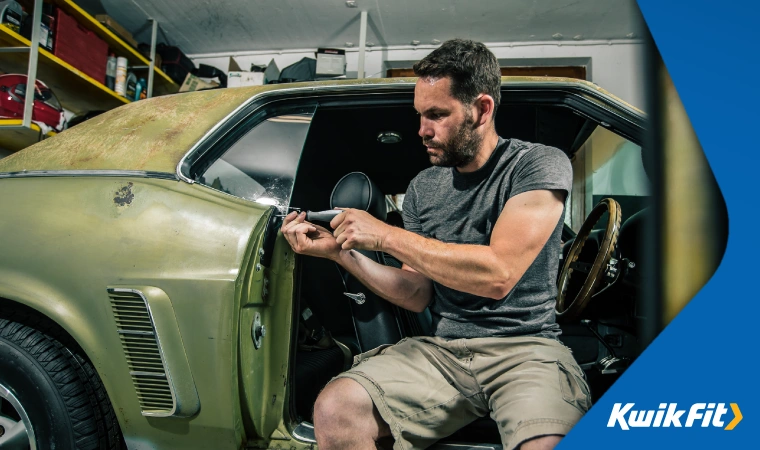
Depreciation is the drop in value from a car being used as opposed to it being new. In theory, this should be a direct depreciation based on the perceived cost of repairs – but in practice the ‘desirability’ is what creates the biggest difference. In the first 12 months, the depreciation of a car’s value can be as much as 35%!
This is a big reason why people are refraining from buying new cars – but a way to maintain the value of any vehicle, regardless of desirability, is to ensure proper maintenance.
If you’re buying a used car that’s more than ten years old, then you can safely assume that the depreciation won’t be very dramatic and will be related to the condition of the car. If you’re buying a car new, then have a look at older models of the car on used car websites to get a feel for how it depreciates.
Breakdown Cover
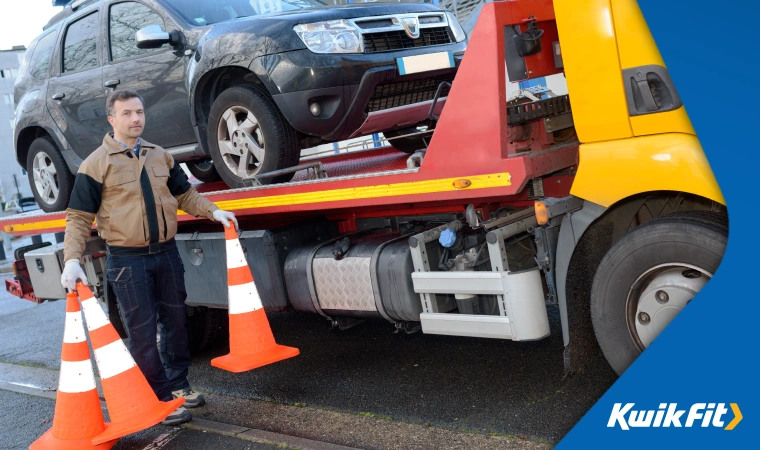
Often bundled into the cost of insurance as an incentive to sign up with a particular provider. Breakdown cover can be a real help in a pinch – but, annoyingly, often doesn’t cover breakdowns at home.
Breakdown cover is often less than £5 a month when added onto the cost of insurance. It can be more or it can be less depending on what’s actually covered, but isn’t likely to be the thing that breaks the bank – though a breakdown without breakdown cover certainly could.
So what are the actual costs?
As we hope has become evident, the actual numbers vary dramatically based on your car, circumstances, driving style, and even location. So in order to give reasonable averages, we need to assume some things as average conditions. The assumptions we’ll be going on are:
You’ve just passed your driving test at the age of 18, you’ll be driving a 1.2L petrol hatchback, you’ll use it for work as well as personal driving, you’ll park on-street in a reasonably crime-free area.
| Average costs | |
|---|---|
| Fuel | £99.87 |
| Car Insurance | £124.17 |
| Routine Maintenance & servicing | £23.08 |
| Unexpected repairs & Breakdown | £34.08 |
| Vehicle Excise Duty | £14.44 |
| Breakdown Cover | £4 |
| Total Average monthly costs | £299.64 |
This can even soar up to £370.39 per month if you choose to forego telematics, and would have been £382.40 at the recent fuel price high. Due to the current cost of fuel, this is almost £50 more per month than new drivers would have averagely been paying between 2012-2020. Which puts today’s new drivers significantly out of pocket compared to those of a few years ago.
Fuel: Based on an average yearly mileage of 6800. Average mpg of 44.1 of a typical hatchback, and an average per-Litre petrol cost of £1.7097 – as of 22nd August 2022.
Car Insurance: Based on an average cost of different providers (with telematics) for a 17-19 year-old.
Routine Maintenance & servicing: Assuming you’re saving monthly for a single Interim service and a single Full Service every year.
Unexpected Repairs & Breakdowns: Assuming an average once-yearly cost of repairs of £409.20 saved up for in an ‘emergency fund’.
Vehicle Excise Duty: Based on monthly direct debit cost of emissions band E.
Breakdown Cover: Based on average annual cost of nationwide cover without homestart.
So is it worth it?

While this cost might seem off putting, it’s also a cost that lowers significantly in your second or third year of driving – assuming you’ve driven carefully, not got into any at-fault accidents. and haven’t picked up any motoring offences.
Whether it’s worth it or not is a really personal question; if you live in central London then a car of your own may not be necessary, but for most folks everywhere else, the personal freedom afforded by a car of their own is absolutely worth the cost and effort of maintaining it.
To keep your car at its best, trust the experts at your local Kwik Fit for regular servicing and repairs.
Any facts, figures and prices shown in our blog articles are correct at time of publication.
Featured Articles
Is it Illegal to Drive With One Headlight?
Saturday 19th July 2025
Wondering if it’s illegal to drive with one headlight? Learn about the safety risks and penalties of illegal blown bulbs and why you should fix them promptly.
Air Con in EVs & Hybrids: Experts Answer Your Questions
Monday 30th June 2025
Does air con drain EV batteries? Can you use the air con while charging an electric car? Find out the answers to these questions & more from Kwik Fit’s experts.
Why Is Your Car Making a Noise? Fixes & Tips
Friday 13th June 2025
When your car starts making unexpected noises, it can certainly be quite disconcerting; it may be nothing to worry about, but here’s what you need to know.









